These are the differences between high, medium and low voltage and their different electrical voltages and networks: High electrical voltage: for transportation. High voltage lines are those above 36 kV (i.e. 36,000 volts), according to the International Standard of the International Electrotechnical Commission. Within this category, there are.. This reduces the cost in the tower and electrical line construction. High voltages range from 115,000 to 230,000 VAC and Extra-High voltages range from 345,000 to 765,000 VAC. The United States transmits up to 500,000 volts on the high voltage grid. High voltages require specialized switching and distribution panels.

LowVoltage Electrical Safety HSSE WORLD

I2C Voltage Level Translators for Serial Communications

Engineering Photos,Videos and Articels (Engineering Search Engine) Medium Voltage Cables test
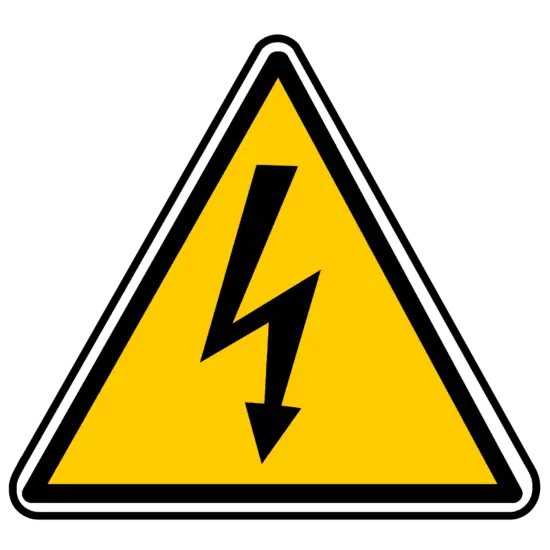
Classification of Voltage Levels Extrahigh, High, Medium, Low
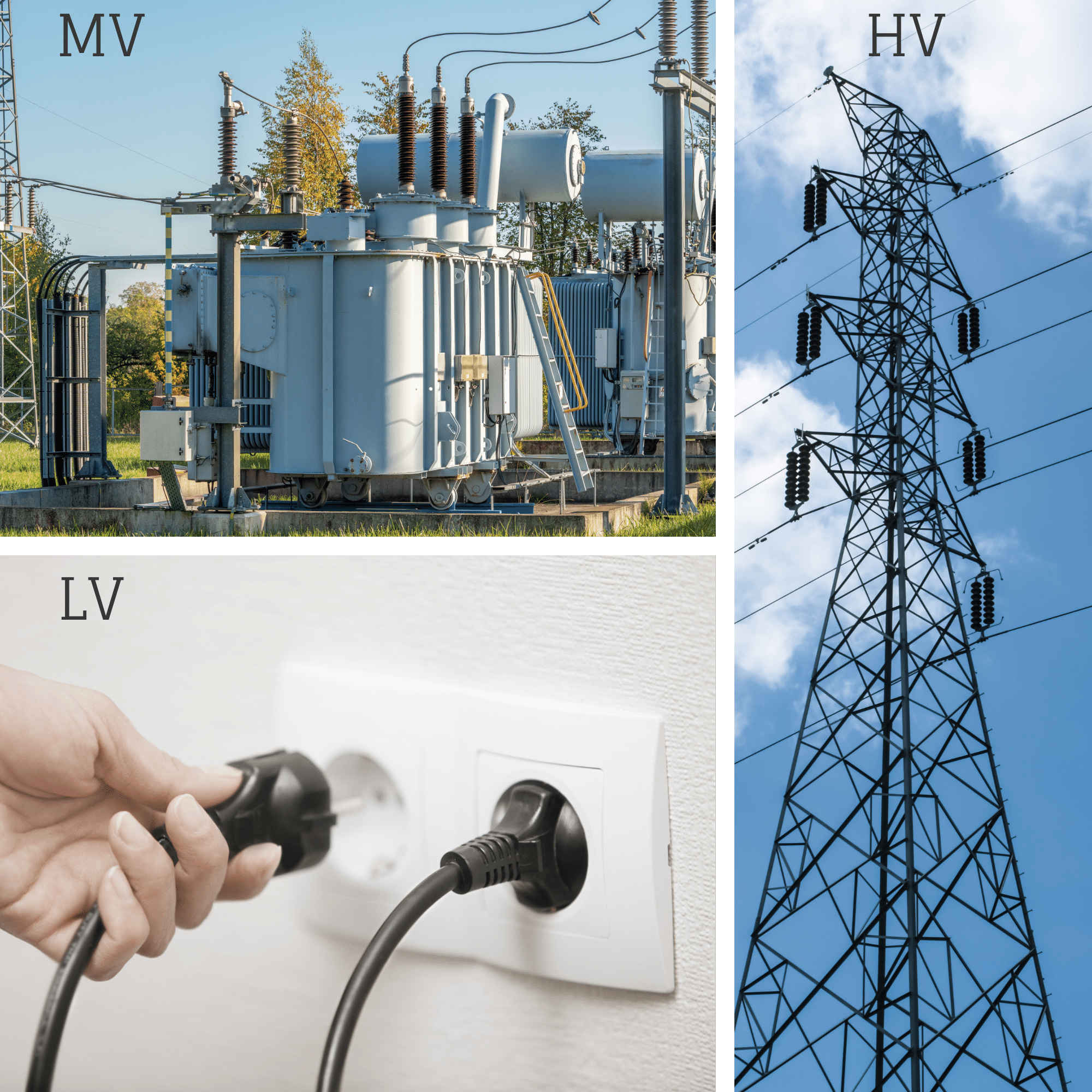
Classification of Voltage Levels Extrahigh, High, Medium, Low

Guidelines for high potential (HiPot) DC testing of medium voltage cables EEP

The voltage levels and the energy distribution in the world Cortem S.p.A.
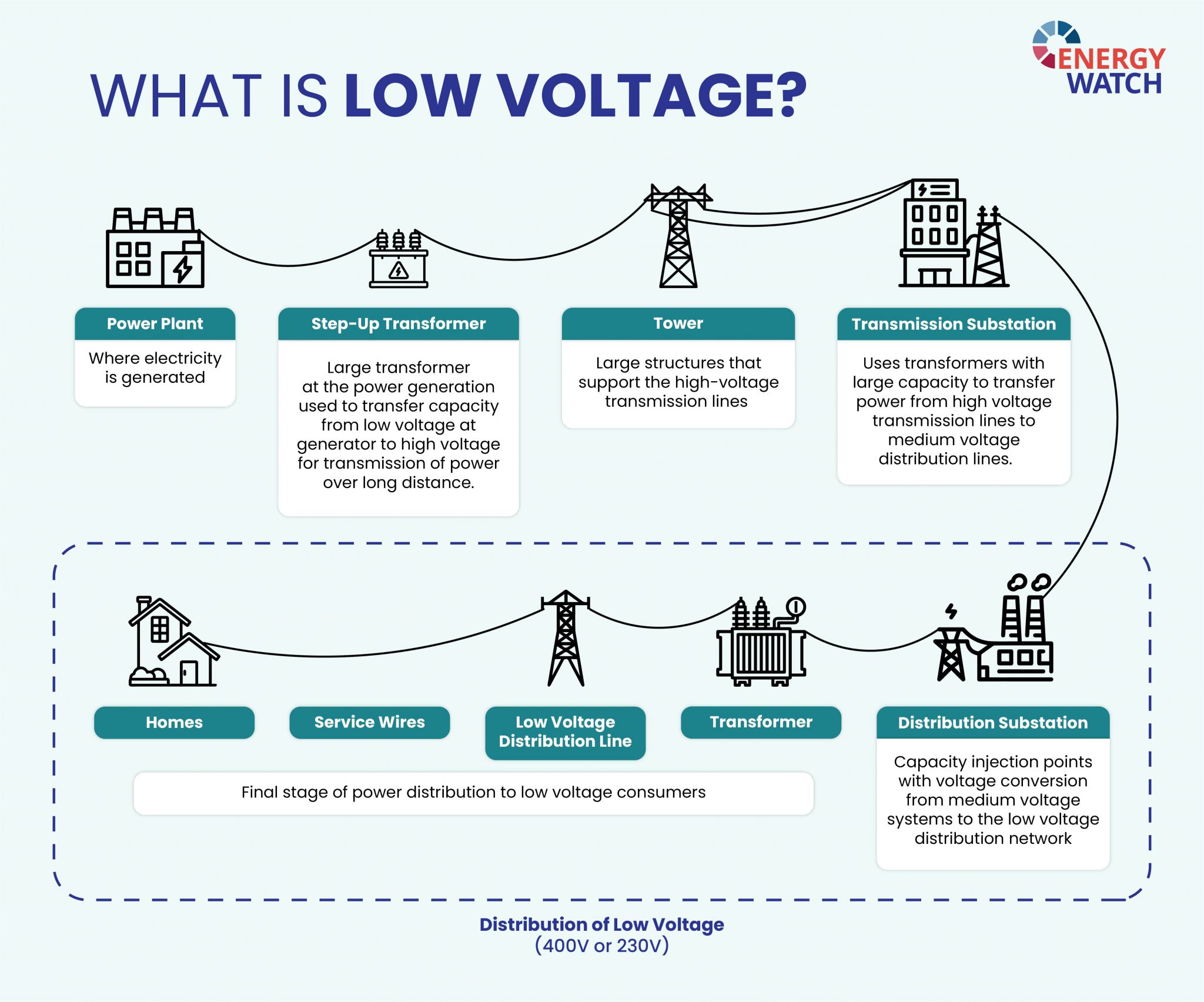
What Should You Know About the ‘Last Mile’ of Electricity? Energy Watch Global & Regional
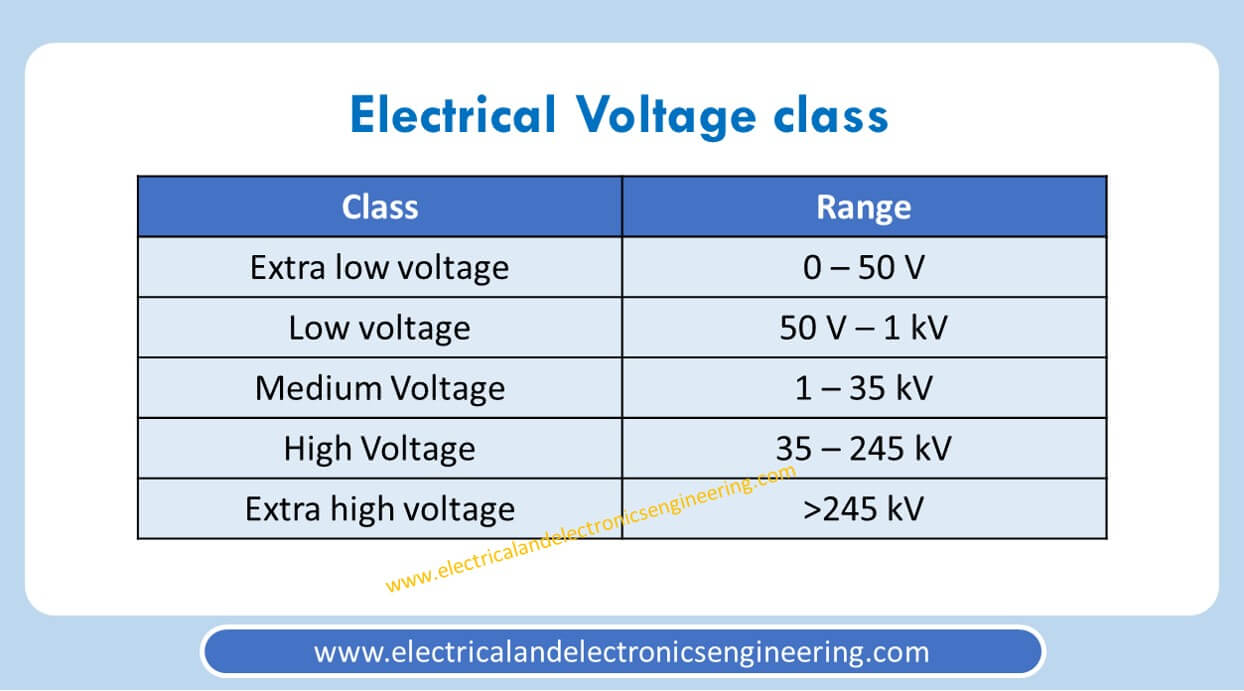
Electrical Voltage Classes Electrical and Electronics Engineering

New range of low, medium and high voltage alternators Engineer Live

Electrical Power Distribution Design Low Voltage and Medium Voltage
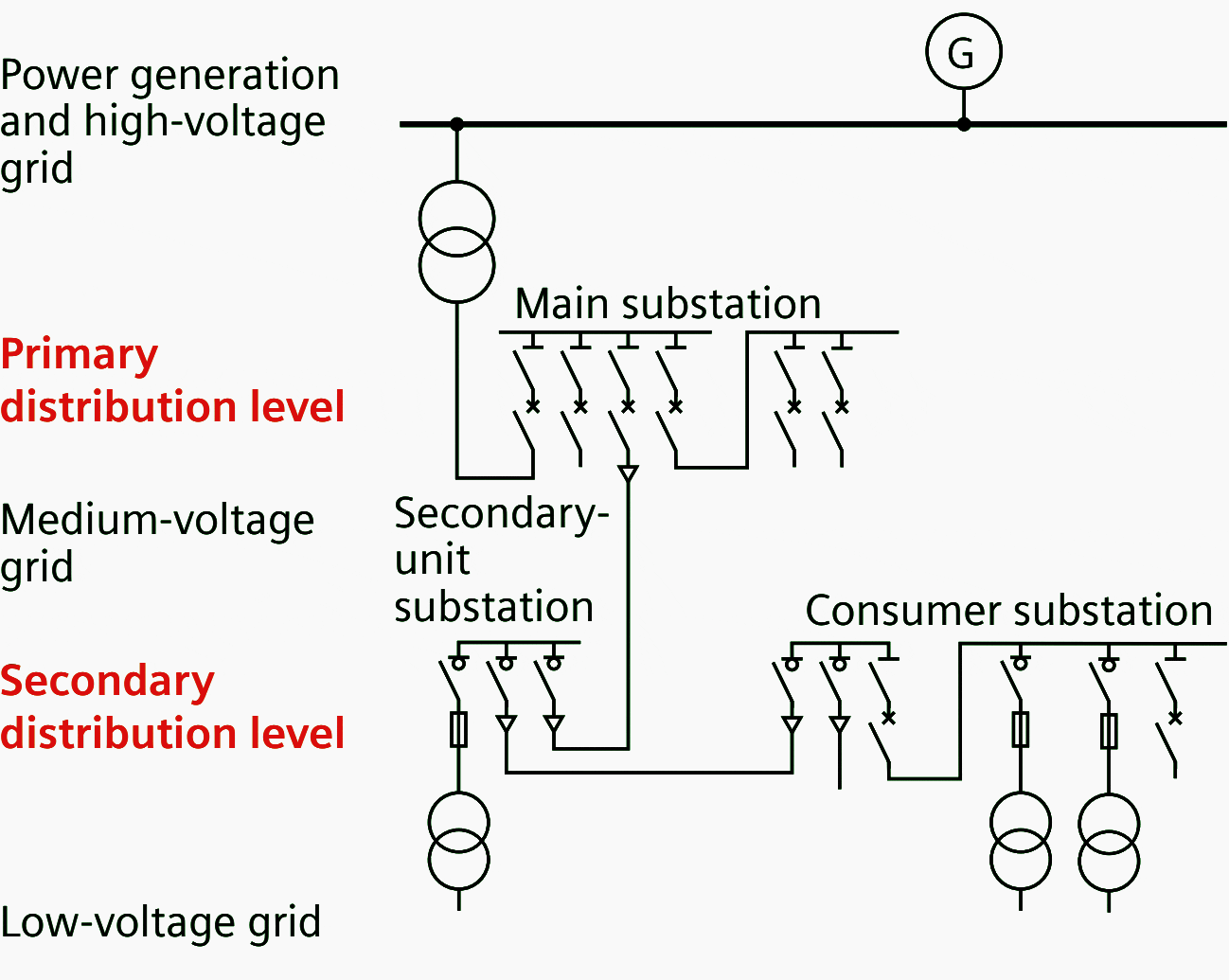
Design and Installation of Medium Voltage Switchgear (Facts You MUST Know) EEP

Medium Voltage and Low Voltage Works Riga Engineering

Several methods on how to connect different voltage signal lines together

Low and HighVoltage Electrical Systems What is the Difference? Lakeview Electric

Low vs Medium vs High vs EHV vs UHV Voltage Ranges
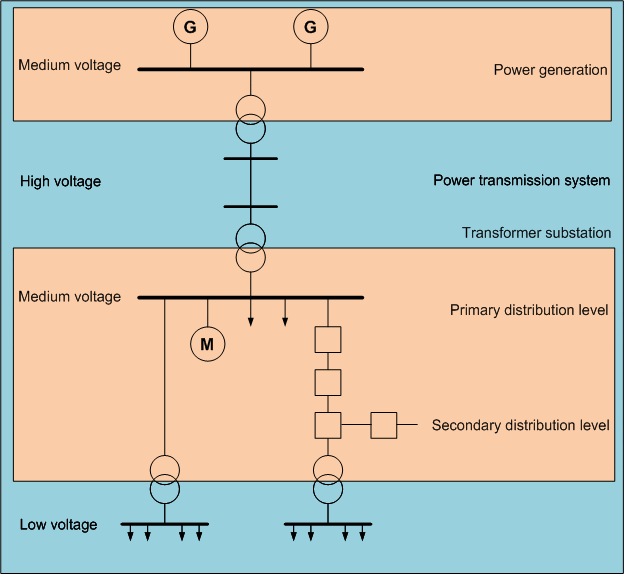
The Basics of Switching Devices In Medium Voltage Switchgear (Part 1) EEP

Part 2 AC Power Distribution Systems & Standards Power Quality Blog
![[FAQ] Common Mode Voltage Range vs. Input Voltage Range for a Comparator Amplifiers forum [FAQ] Common Mode Voltage Range vs. Input Voltage Range for a Comparator Amplifiers forum](https://e2e.ti.com/cfs-file/__key/communityserver-discussions-components-files/14/common_5F00_mode_5F00_range.png)
[FAQ] Common Mode Voltage Range vs. Input Voltage Range for a Comparator Amplifiers forum
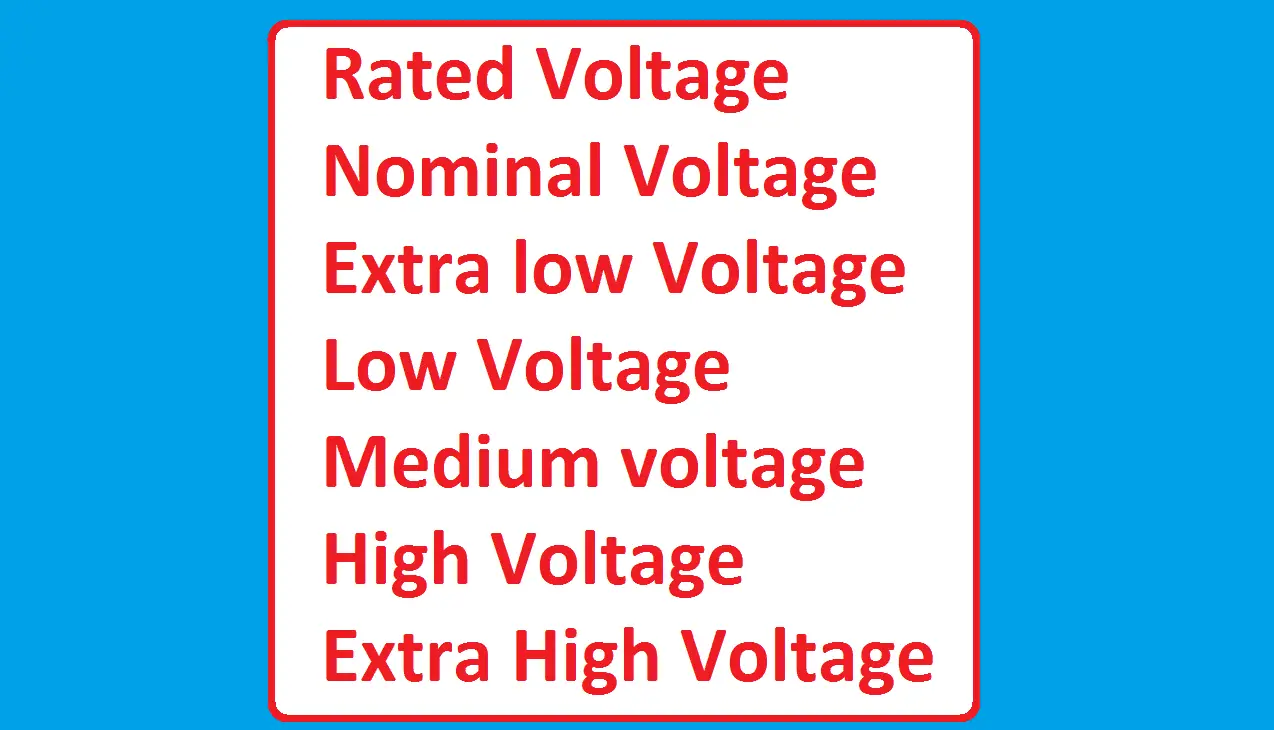
7 Types of Voltage Level ELV LV MV HV EHV Ultra High Voltage Electrical4u
In C84.1-2016, Section 3, system voltage classes are defined as follows: " 3.1 Low Voltage (LV): A class of nominal system voltages 1,000V or less. 3.2 Medium Voltage (MV): A class of nominal system voltages greater than 1,000V and less than 100kV. 3.3 High Voltage (HV): A class of nominal system voltages equal to or greater than 100kV and.. High, medium, and low voltage are the terms we hear the most when talking about voltage classifications. From an international standpoint, these classifications and ranges change depending on where you live.. High voltages range from 115,000 to 230,000 VAC and Extra-High voltages range from 345,000 to 765,000 VAC. The United States transmits.